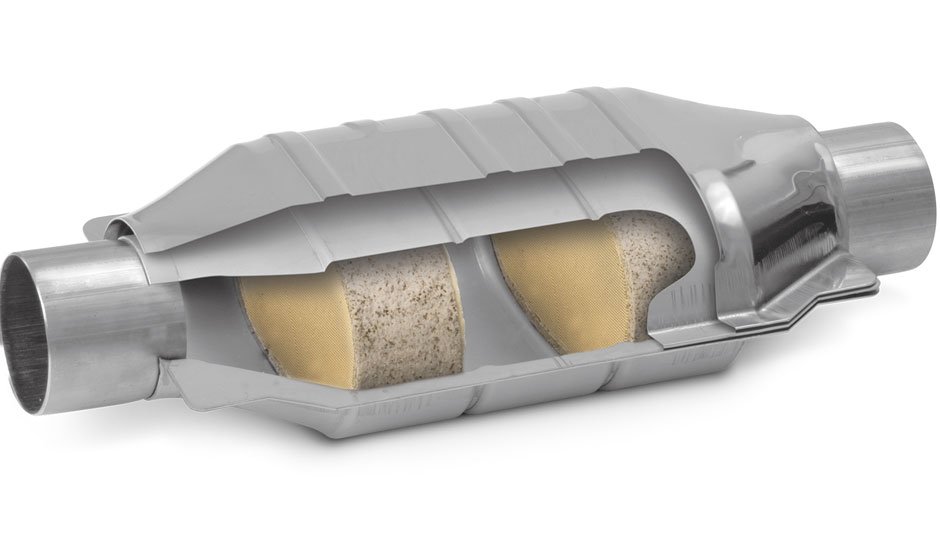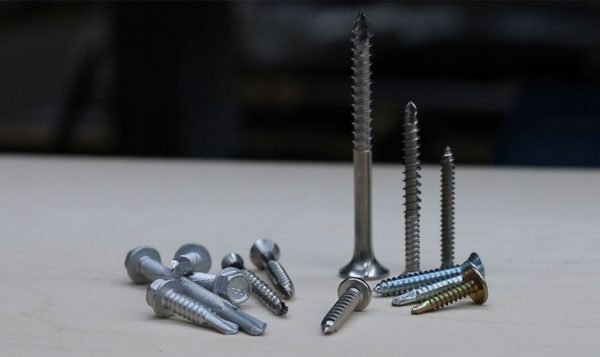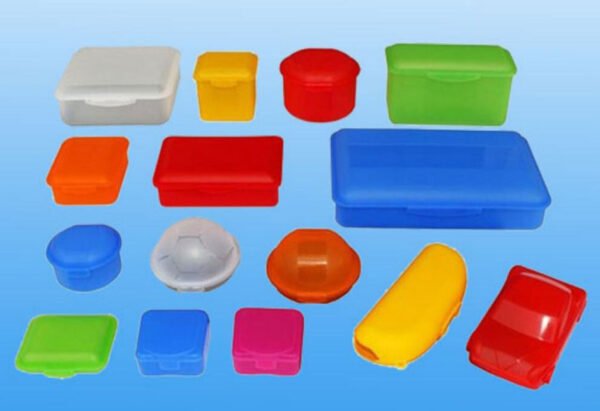Types of Catalytic Converters

The catalytic converter is an essential part of your car’s exhaust system that converts engine-exhaust pollutants like carbon monoxide, nitrogen oxide and hydrocarbons into less toxic gases such as carbon dioxide, nitrogen and water vapor through chemical reactions. Unfortunately, its precious metal content makes it an attractive target for thieves.
There are various kinds of catalytic converters. We will focus on two: diode catalyst, which reduces emissions from gasoline engines; and three-way catalyst which works equally well on gas and diesel compression-ignition engines.
In this text, We will provide an answer to the query: Types of Catalytic Converters.
Catalysts
Due to stringent pollution norms implemented worldwide, most gasoline powered vehicles now come equipped with catalytic converters – devices which convert hazardous gases like carbon monoxide, unburnt hydrocarbons and nitrogen oxides into more benign forms such as oxygen, water and harmless carbon dioxide.
Precious metal catalysts are highly durable and cost-effective, which make them attractive targets for thieves.
The oxidation catalyst is the heart of any catalytic converter, using precious metals such as rhodium and platinum to convert harmful gases to carbon dioxide, nitrogen and water in an oxidation chamber. For optimal functioning of this catalyst system, an air-fuel mixture consisting of up to 25% richness must be present; hence modern cars utilize controlled fuel injection systems which cycle between lean and rich combustion processes for maximum effectiveness.
Substrate
Catalytic converters contain ceramic honeycomb structures coated with precious metals such as platinum, palladium and rhodium to catalyze reduction and oxidation reactions that reduce harmful exhaust gases. These metals help catalyze these processes to increase performance while simultaneously lowering exhaust emissions.
An automobile engine’s exhaust is drawn into a converter by two pipes protruding from its body. A catalyst inside of this device converts potentially harmful molecules into harmless steam-like gasses before exiting through its tail pipe.
Substrates in chemistry refers to any chemical substances upon which an enzyme acts; for instance, ethanol serves as the substrate in an alcoholic dehydrogenase reaction that produces acetaldehyde.
Two-way catalytic converters reduce carbon monoxide and unburned hydrocarbon emissions through an oxidation process; they do not control oxides of nitrogen emissions. Conversely, three-way catalytic converters (also referred to as dual-bed or diesel particulate filter) can not only control oxides of nitrogen emissions, but can also reduce carbon monoxide and unburned hydrogen via reduction processes.
Metal shell
Shell casting is an integral component of many metallic parts manufacturing processes, featuring as one of the key steps: generation permanent metal patterns, making expendable shell molds and casting of the resultant metallic parts. The shell casting process typically applies to casting small- to medium-sized metal components requiring precise manufacturing such as cylinder heads, cam shafts, connecting rods or lever arms.
To create a shell mold, a manufacturer begins by heating and coating their metal pattern with lubricant. They then separate into two sections and secure them together with epoxy glue before placing into a metal flask to receive molten metal and feed into it using backing material and secure screws. After being filled up with metal, it cools within it before cooling into an identical metal part that echoes its original form – and with its gate system integrated into its final form allows the manufacturer to achieve tight tolerances on final part production.
Heat shield
A catalytic converter in a vehicle is designed to reduce emissions from its engine by converting unburnt gases into less harmful forms like water vapor, carbon dioxide and other less-harmful elements like nitrogen oxide. As part of the exhaust system, it needs protection from environmental elements, debris and overheating; heat shields serve this purpose and help ensure maximum performance and life span from its catalytic converters.
There are various types of heat shields for catalytic converters. Metal is one of several available materials; ceramic provides more resistance against heat. Which you select depends on your needs and budget; metal shields tend to be heavier but last longer; ceramic ones, however, tend to be lighter, easier to install and cleaner to use; plus they’re much more likely to withstand corrosion damage!



